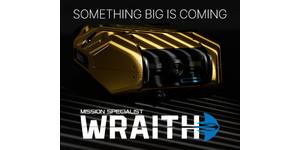Marine Technology Reporter Blogs - dnv
Safe Bunkering for LNG – A Challenge to Global Growth

A limiting factor to the increase in the use of LNG fueled ships on a larger scale is the lack of LNG bunkering infrastructure worldwide, with exceptions being northern European countries which have been at the forefront on maritime LNG fuel development, such as Norway and Sweden. DNV GL recently launched a Recommended Practice for authorities, LNG bunker suppliers and ship operators, which provides guidance on how LNG bunkering can be done in safely and efficiently. According to DNV GL, LNG-fuelled ships have logged over 130 ship-years of operation in Norwegian waters. In some parts of the world, operators, suppliers and regulators have gained experience in all aspects of LNG-fuelled ship operations in recent years.
JIP Collapse Assessment of Offshore Pipelines with D/t < 15

Based on project experience, research, and joint industry development work, DNV issues a number of pipeline codes. These comprise service specifications, standards and recommended practices, and are highly regarded within the international pipeline community. The DNV OS-F101 ‘Offshore Standard for Submarine Pipeline Systems’ provides acceptance criteria and design procedures for pipelines. The standard applies modern limit-state-design principles with ‘safety classes’ linked to consequences of failure. The DNV standard is complemented by several recommended practices (RPs), which give detailed advice on how to analyze specific technical aspects according to stated criteria.

 August 2025
August 2025



